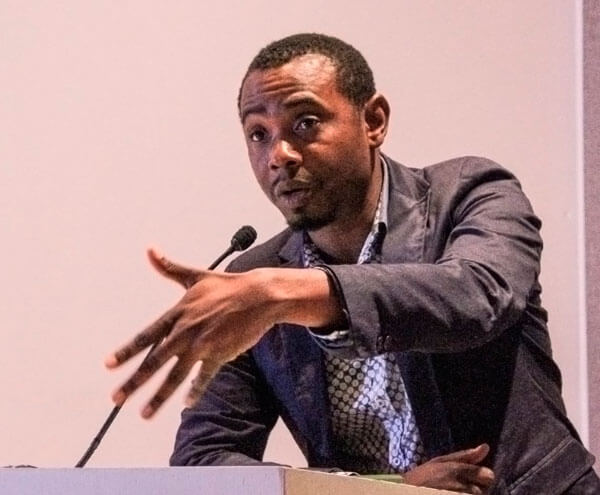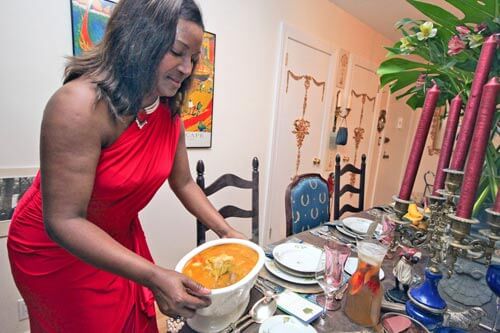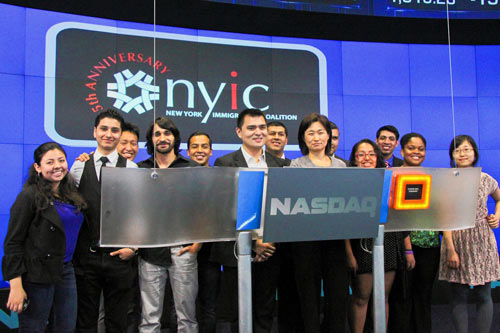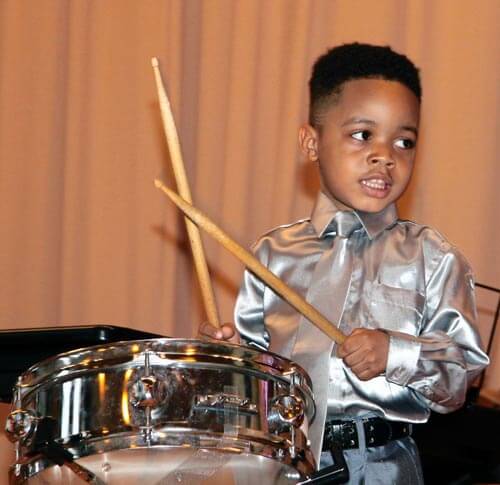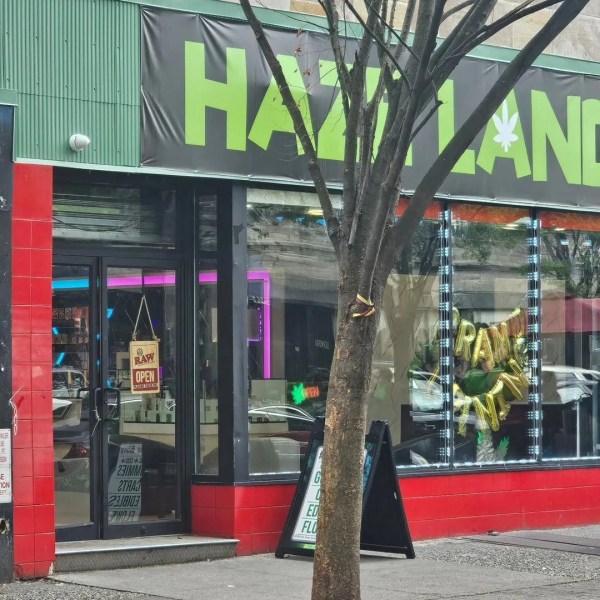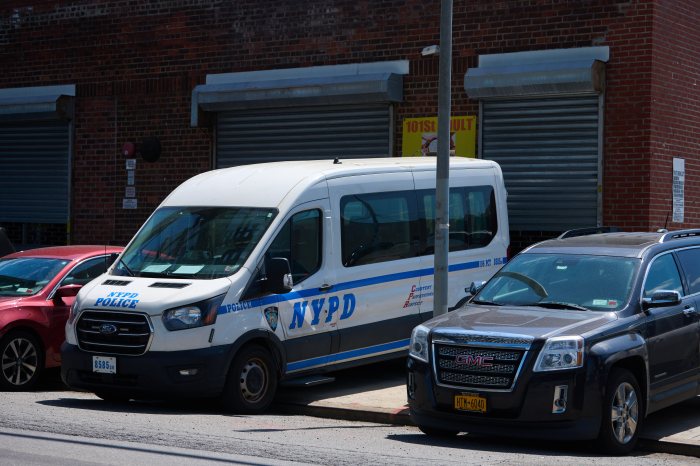On Sunday, July 25, Haitians from all over the metro area congregated at the Queens Museum to participate in a rich, diverse three-part cultural event that began on the expanded mezzanine, which looks at the Unisphere. The museum reopened last November after major renovations.
Marking their 10th year, Queens-based artist Patricia Brittle collaborates every July with architect and urban planner Etienne Telemaque to present a symposium at the museum called L’Education du Regard, Education by Sight.
Washington DC-based economist Leslie Pean (his most recent book concerns relations between Dominican Republic and Haiti), poet Robert Large, and food book —“Haiti Uncovered”— author Nadege Fleurimond were on the program. Jocelyne Dorisme sang accompanied by Reynald Felix on flute and Victor Supris on piano.
From the vast Haitian art collection of Harry Dorvilie, on display were works from three Jacmel artists — Prefette Dufaut and Castera Bazile (both whose work was part of the interior of Trinity Church, heavily damaged in the earthquake) and Wilmido Domond. Artist Brintle gave an overview of the works, chosen because the day’s lineup also included a film from Jacmel’s film school.
After a break for refreshments, the audience migrated to the auditorium.
Artist Chantal Westby spoke about the historic architectural gem, the landmark Iron Market of Port-au-Prince. Originally fabricated as a train station to go to Cairo, it was redirected to Haiti in 1891. The market that houses hundred of vendors was a center of commerce downtown and one of the first earthquake-destroyed buildings rebuilt (in 2011).
Brooklynite Paul Corbanese then introduced the art of Haitian-born 79-year-old Herve Telemaque whose life’s work was celebrated in May in a retrospective at the Pompidou Center in Paris.
Telemaque left Haiti for New York during the Duvalier regime (1957). He first studied at the Art Students League in New York going on to Paris where he rooted himself as an artist; he is now recognized worldwide. The chronological exhibition at the Pompidou included paintings, drawings, collages, objects and assemblages covering the diversity of his creative periods.

Also in Paris this year, ending in February, the Grand Palais Galerie Nationale mounted “200 years of Haitian Art.” Patricia Brintle gave a 15-minute “walk-through” with slides describing how the exhibition’s nearly 150 works were organized. Naming the artists, she projected images from the exhibition.
From Hector Hyppolite to contemporary artists living in Haiti, Germany, Finland, France, Canada, and the U.S. (Edouard Duval Carrié, Vladimir Cybil Charlier) their aesthetic expressions included paintings, graphic arts, installations, videos, and sculptures using recycled materials.
The symposium ended with a screening of the short feature film “The Good, The Bad, and The Apprentice” by 30-year-old Marc Henri Valmond.
Valmond is a graduate of the Haiti’s only film school Cine Institute in Jacmel. Very professionally executed, the film’s core is the mystical, an embedded element in Haitian culture. “That’s why I chose this film to screen,” says Brintle. Valmond fielded questions about the film and Cine Institute following the screening.
Artist Brintle is no slouch when it comes to her commitment and support for Haiti and Haitian culture.
After the earthquake she started the non-profit “From Here to Haiti” that assists with small manageable projects in Haiti “from putting roofs on churches, to yard cement repair, or building large classrooms or toilets.”
Brintle says, “Groups hear about us word-of-mouth. We evaluate a project and see if its something we can take on. Then we fundraise for the project–could be $9,000 to $20,000.” Elaborating she says, “The community always participates, provides local materials and labor and we pay for things that need to be bought. In five years we’ve completed 22 projects.”
Still creating art, Brintle is working on a series, a Haitian adaptation and homage to French painter Jean-Francois Millet’s paintings (e.g. one is based on The Gleaners). “I will be showing these at Agora Gallery in Chelsea,” Brintle says.



